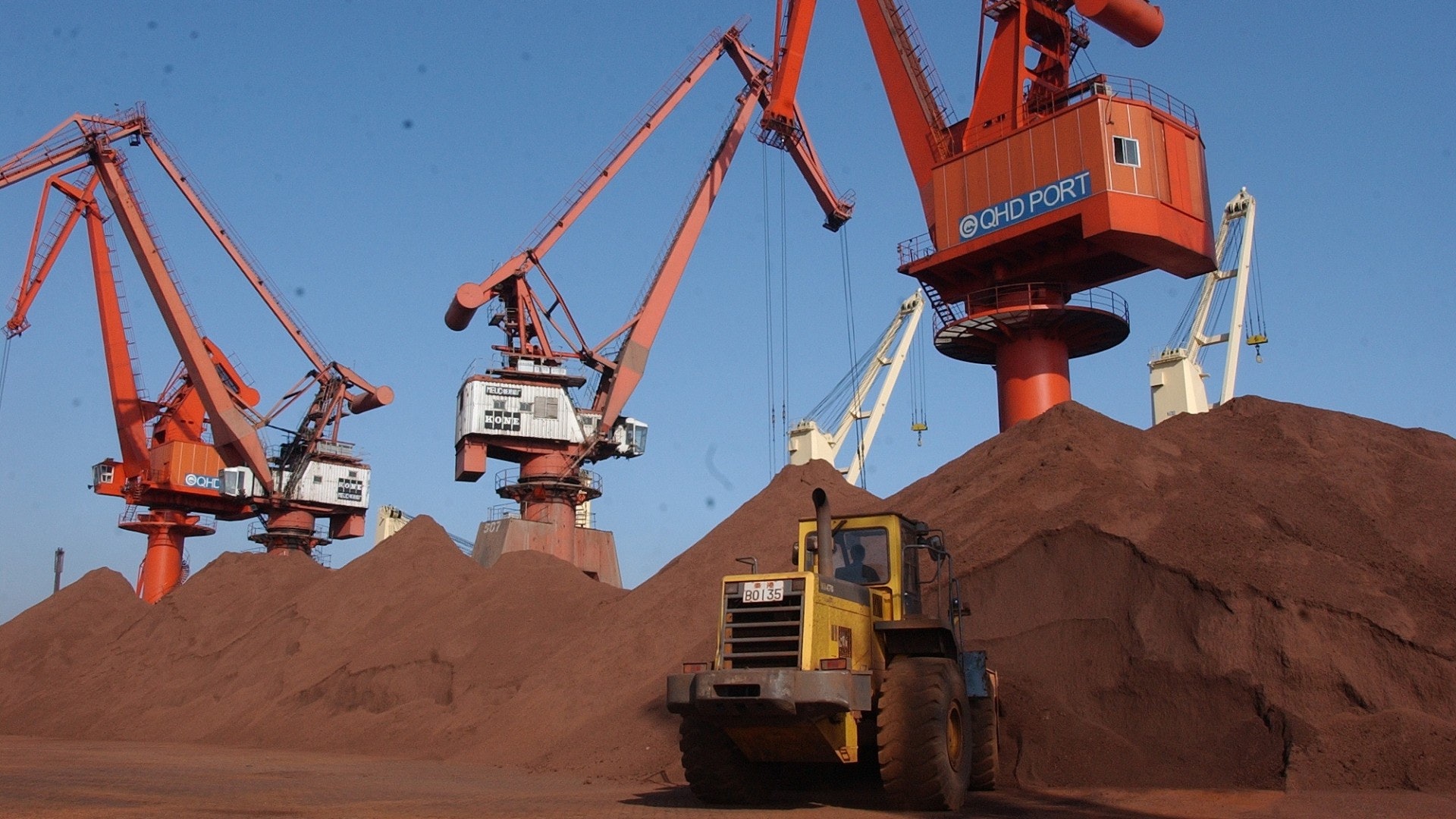On Tuesday (June 5th), a “Meeting Symposium on Rare Earth Industry Experts” convened by the National Development and Reform Commission attracted the attention of the global financial and mining industry. The Chinese side responded positively in late May, “Rare piles of earth may become China’s counter-products of the United States,” but the NDRC has not announced any specific policies. Many people look forward to seeing some “counter-measures” in this conference aimed at discussing the promotion of “high-quality development of China’s rare earth industry.”
However, the National Development and Reform Commission and relevant units in Beijing have not yet discussed counter-measures in this conference. They only emphasize the need to combat “private digging, illegal production, black mine smuggling”. There is nothing specifically related to international speech.
However, as long as you have a brief understanding of the supply and demand situation of the rare earth market since 2018, you can clearly see the long-term significance of the series of measures against smuggling by the China Development and Reform Commission.
In the second half of 2018, China has cut its rare earth production index by 35%, and its production ceiling has been set at 45,000 tons, the lowest level in the past five years. This production is only enough to supply domestic Chinese buyers.
Considering that Japan had smuggled in 2011 to get rid of China’s “embargo” situation. Many European and American industry analysts and strategic observers have pointed out that the United States can also rely on smuggling to fill the vacancies in rare earth materials in 2019. However, when China began to crack down on “unlicensed production, illegal smuggling” of rare earth mineral activities, and then completely cut off the illegal rare earth mining and smelting industry chain, this once feasible supply line was cut off by Beijing.
Smuggling rare piles of earth
Since President Xi Jinping visited the Ganzhou, Jiangxi Province, which is known as the “Rare Earth Kingdom” on May 21, the public opinion circles have been echoing the “China-US rare earth war”.
But until mid-June 2019, Beijing still did not make any decisive content about it. In contrast, the response from the market is very enthusiastic. Rare earth stocks have skyrocketed in major trading markets, and current political figures have begun to discuss “China will strictly control rare earth exports as a trade war weapon.”
In response, the former US Department of Defense employee, “supply chain expert” Eugene Gholz, in an interview with the British National Broadcasting Corporation (BBC) and the technology media The Verge, specifically stressed that the United States has to deal with rare earth issues. Means: This includes not only some of the strategic materials that have been hoarded since 2010, but the United States can also smuggle rare piles of earth from China when necessary, as Japan did in the past.
Golds’ speech is credible. For a long time, smuggling has always been a difficult problem in China’s rare earth industry. According to data disclosed by China’s Ministry of Industry and Information Technology (the Ministry of Industry and Information Technology), from 2006 to 2012, China’s rare earth smuggling has consistently exceeded exports, peaking in 2011: smuggling actually exceeded normal exports 20%. Many Japanese and American businessmen even want to avoid Chinese legitimate businesses when they go to the place of production, and instead, go to find private traders.
Faced with the objective situation that rare earth smuggling has become an industrial chain, China began to crack down on the “red earth market” and smuggling activities from 2014 and 2015. In turn, the problems caused by excess capacity will be rectified. According to the data, the capacity of rare earth separation enterprises in China is more than 300,000 tons, and the market demand is only between 120,000 and 150,000 tons. This objective demand has led the Ministry of Industry and Information Technology of China to set a target of “the output index of rare earth smelting and separation products not exceeding 140,000 tons”.
At present, China has already achieved this preliminary plan in 2018. The total amount of rare piles of earth separated and smelted by Chinese enterprises is only 115,000 tons. In 2018, Beijing began to adjust its position in the international rare earth trade and gradually transformed into the world’s largest importer of rare piles of earth. When this goal coincides with the international environment of the Sino-US trade war, few people will think that China’s industrial layout a year ago will have an unexpected effect in the future.
China changes itself during preparations
Beijing’s industrial layout and its long-term goals are not difficult to interpret. Many industry experts, including Adamas Intelligence Consulting and Reuters, smelled the price of rare earth prices as early as 2018. The former also believes that the price of antimony and antimony oxides may rise by 10% to 50% in the next 12 months after China announces production cuts, and prices will double in the next five years.












